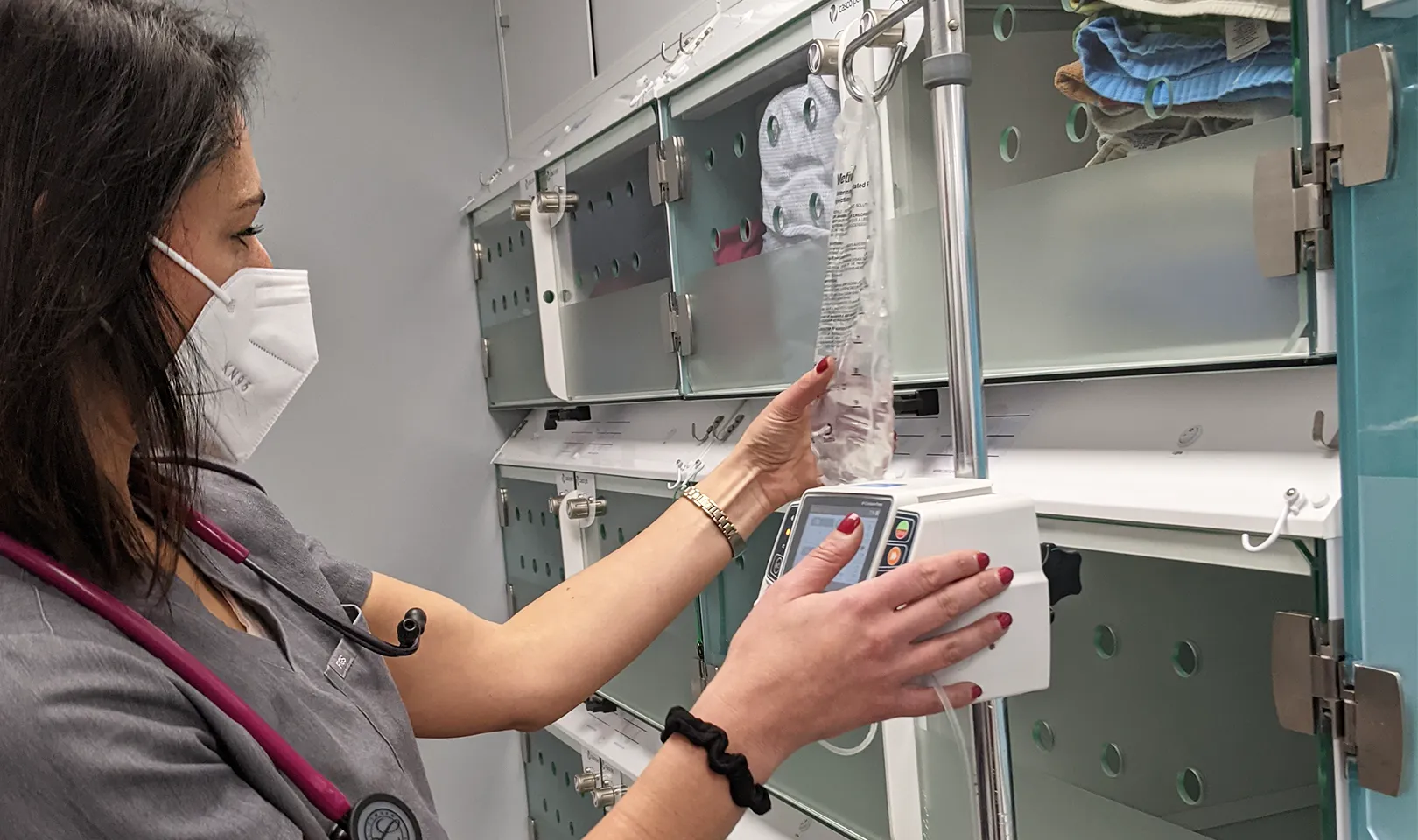On grief and grieving: An ER vet’s tale


Dr. Jessica Nord reflects on compassion fatigue in ER, and how self-care sometimes involves allowing oneself to grieve.
On Christmas Eve of 2021, my husband and I hosted a few neighbors who, like us, are not native to the area and for one reason or another couldn’t get home to their families for the holidays.
With Bing Crosby crooning in the background and mugs of homemade mulled cider in hand, we reminisced over holidays past and swapped stories about favorite memories.
Like many families these days, we all grew up with furry friends, so woven through our tales of Christmas capers were equally raucous accounts of pets behaving badly and surreptitious viewings of cameras positioned to monitor crates while the humans were away.
A common thread prevailed: many of us associated key times in our lives with the pets we owned and how we interacted with them.
Pets as family
As the night wore on, talk of our aging parents slowly seeped in. Each of us had our own story about the trials and tribulations of keeping sane in these tumultuous times while also trying to manage the changing relationships with parents who are physically ill or are beginning to cognitively decline.
Of course, the natural progression of this sobering conversation was to extend the aging debacle to our four-legged friends. All of us present had elderly pets, had recently lost a long-time companion, or both.
I remarked that it is especially devastating to lose a family member around the holidays, and I added that the period between Thanksgiving and New Year’s was always the worst in the ER for families.
I could see the gears turning behind my neighbor’s eyes as she whipped her head around and said, “Wait. Have you ever had to…you know…put down an animal?” Those last words were spoken in a whisper, as if that part of my job should remain secret.
I chuckled a bit and told her that I had in fact performed a euthanasia before and that it was an unfortunate aspect of my job that I am at least glad I can offer in times of suffering.
It wasn’t until the next day—Christmas Day—that I realized just how many times I’ve “put down an animal.”
Thousands. Thousands of times.
At least 1,500 different times in the last 7 years of ER work, based on a very conservative calculation. Even as I write this, I can’t believe that number is real, and it feels a bit vulgar to type it out, as if to imply that all of those euthanasias are just data points.
The emotional toll of euthanasia
But these 1,500 aren’t just data points; they’re more than statistics. They are a child’s first memory; they are a teenager’s confidante when she feels like she has no one to talk to; they are a young couple’s first foray into adult responsibility; they are the last ties a widower has to his wife.
They are the bookends of a volume of our life that closes when they take their last breath. And I, as a veterinarian, have marked that end countless times.
It’s not as if I haven’t thought about this all before; in fact, I’ve thought about it many times. It’s hard not to when it’s a frequent part of daily life in the ER. But have I really felt it?
Read more: ER for GP. 5 tips for surviving your shifts
There is a protective armor that steels up your insides when you do what we do routinely.
While there have been cases that create chinks in my armor shielding me from the enormity of responsibility humanely ending a life carries, I, a highly sensitive person, had somehow managed to mend those defects, allowing me to muddle on with my days.
Don’t let this one get to you. There are other patients waiting. Hold it together, you’re almost at the end of the shift. You have to be strong for them. Don’t cry.
Personal grief
My armor failed me recently when I was faced with my own grief. I received a message from my father that my mother was not doing well and that he would be retiring early, in part to be around when she needed him. This news was an iron blade to the most vulnerable part of my defenses, and the entire house of cards I had spent so many years building up around me fell.
Having to face my own shock and anguish ripped off a psychic band-aid and exposed just how much I’ve missed over the years while acting as a stalwart support for those thousands grieving around me.
I was horrified as I mentally began ticking off the holidays, birthdays, weddings, funerals, even the euthanasia of my own family pets for which I have been noticeably absent because I had to work, or because I was too close to burnout from the daily weight of death and sadness that I just couldn’t handle anything else on my plate.
It was being faced with the mortality of those who have been my own stalwart supports that made me realize the moniker “you can’t care for others if you don’t care for yourself” is not just a plucky self-help one-liner, but the actual reality that we all, in this world and especially in our profession, need to embrace.
Experiencing grief as self-care
Part of taking care of ourselves as veterinarians is acknowledging the magnitude of our impact on our patients and their owners, particularly in the final act of compassion we are called to deliver to those that are suffering.
We are allowed to, and must, approach this act with the understanding that while this animal may not be ours, we are a special part of their lives, forever leaving an indelible mark on all those the pet leaves behind.
We do not need permission to grieve over the loss of life; rather, we are entitled to shape a culture that does not promote burying the nuanced, many times tumultuous emotions that arise within us as we coach others to make consequential decisions.
And we are certainly permitted to take the time we need to heal ourselves, even if it means pivoting away from the profession for a time, when our own vulnerabilities are laid bare before us.
More from Dr. Nord: 5 Tips for seamless case transfers
Looking back to move forward
As I reflect in the mirror that was so brusquely held up to me over the past year, I can only look back with gratitude for the hard truths I have had to face.
We live in a chaotic world that is only made more complicated by the nature of our work as veterinarians and the extremely unique position we are placed in as conduits for healing, if we can, and final rest, if we must.
It may be a little late for 2022 New Year’s resolutions, but it is always the right time to pause, give ourselves space, and embrace the depth and complexity of our lives as both veterinarians and visitors on this planet. Armor is so 2021.
Jessica Nord, VMD is an Associate IndeVet practicing in South Carolina.
More from IndeVets:
How to make the switch from ER vet to GP
From burnout to boundaries: 6 tips for hospital managers to create happier workplaces
When less is more: Reflections on FAS, burnout and self-care
IndeVet Stories: How a cancer diagnosis led one doctor to re-evaluate her priorities
